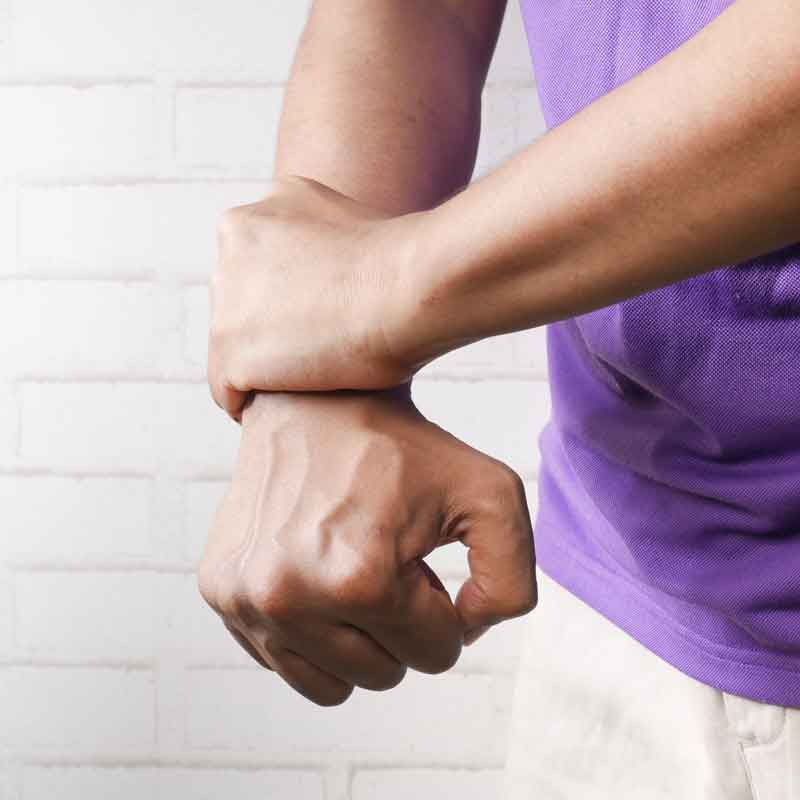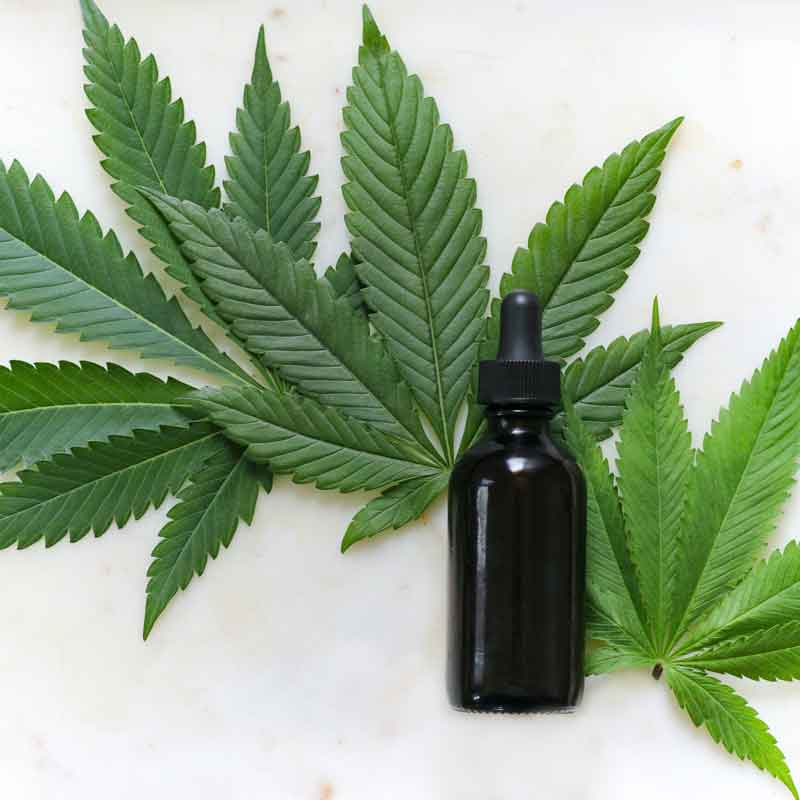Pain happens to everyone at any given point in life, regardless of age, fitness level, or health status. When doing something new, different, or repeatedly, we’re subject to pain. Pain also can come after a medical procedure or an accident. Regardless of how pain enters our body, we talk with many people at Pharmhouse looking to try cannabis for pain relief.
Cannabis for pain is a natural alternative to over-the-counter pain meds and most certainly is less harmful than opioid medications and has been used for nearly 5000 years as medicine. However, research on how it works only began in the 1940s.
First—a bit about pain. Pain is the body telling you something is wrong, and there are two kinds of pain—acute and chronic.
Acute pain can hurt for a few minutes, like a stubbed toe, or it can last longer, like a cut, burn, or pain from surgery or dental work. However, acute pain has a shorter life cycle and your healthcare provider can tell you with some accuracy how long the pain will last when you’ve hurt yourself or have a medical procedure.
Chronic pain is ongoing—migraine headaches, cancer, arthritis, nerve pain and fibromyalgia are chronic pain conditions. Chronic pain can affect a person’s quality of life, ability to sleep, and mental health. In addition, chronic pain can sap your energy, cause a lack of appetite and cause ongoing anger and depression.
You might wonder how cannabis can help relieve pain.

The Science of Cannabis and Pain Relief
When you consume cannabis, the molecules of THC and CBD interact with the body’s endocannabinoid system, a little-known but essential network in the human brain and body. The endocannabinoid system controls and regulates all sorts of functions—memory, sleep, pain control, immune responses, inflammation and eating.
Our bodies work to be in a balanced and stable state—known as homeostasis— and the endocannabinoid system helps regulate this with the help of two natural cannabinoids which you’re likely familiar with, cannabidiol (CBD) and tetrahydrocannabinol (THC).
Just waiting for cannabinoids are two receptors known as CB1 and CB2.
CB1 receptors are located in the central nervous system and affect how a person experiences pain, but they can also affect emotions and memory. It’s CB1 that is predominantly responsible for processing the psychotropic effects when we consume cannabis.
CB2 receptors are also connected to pain response via the body’s immune response, mainly with an anti-inflammatory effect, and CB2s also have pain-relieving properties.
So—before we go too deep into the weeds—just know that the molecules in cannabis work within this existing system in our bodies to help us feel better mentally and physically. Cannabis ingestion triggers or works with the CB1 and CB2 receptors to alleviate pain.

Ways to Put Cannabis to Work on Pain
When looking at using cannabis for pain treatment, there are three primary ways to find relief.
- Inhalation—smoking flower or vaping a concentrate
- Edibles—gummies and other food items that contain cannabis; this also includes tinctures and oils that are placed under the tongue
- Topicals—rubs, ointments and salves that you apply to the skin on the body where pain exists.
Smoking cannabis has the most immediate effect on pain, crossing the brain-blood barrier in minutes and lasting around 2-4 hours. It is reported to work well on neuropathy, fibromyalgia, and other pain caused by issues in the central nervous system. When you vape cannabis, you’ll absorb more active compounds than just smoking. Look for high-quality vape carts—look for live resin—it has all of the terpenes for the best smell, taste and bonus effects.
Edibles like cookies, gummies, or mints are less immediate when it comes to pain relief. The THC and CBD must travel through the digestive system, so it might take an hour or two before you feel any effect. In Michigan, medical edibles are dosed at 10 or 20 mg per piece; if you’re new to cannabis, you’ll want to start low with something close to 5 mg.
While they don’t taste as good as candy-cookie edibles, tinctures are considered an edible in the cannabis sphere. Tinctures are easy to dose and act more quickly as they enter the body under the tongue and are more easily absorbed.

Topicals don’t have a psychoactive effect but are helpful when you have a specific pain spot—like a shoulder, thumb, or knee. When used in conjunction with smoking/vaping or an edible, a cannabis rub can help provide pain relief.
Because cannabis plants and products differ from one to another, just like the human body, it takes time and experimentation to find what works best for you. Your weight, what you eat, activity level, and the THC-CBD in each product may vary.
Don’t be discouraged if you can’t find the perfect cannabis product or combination immediately. Just like any med, not everything works for everyone.
We’re here to help you with product suggestions and ideas. If you want to move away from over-the-counter or prescription pain meds, cannabis is worth the effort!






